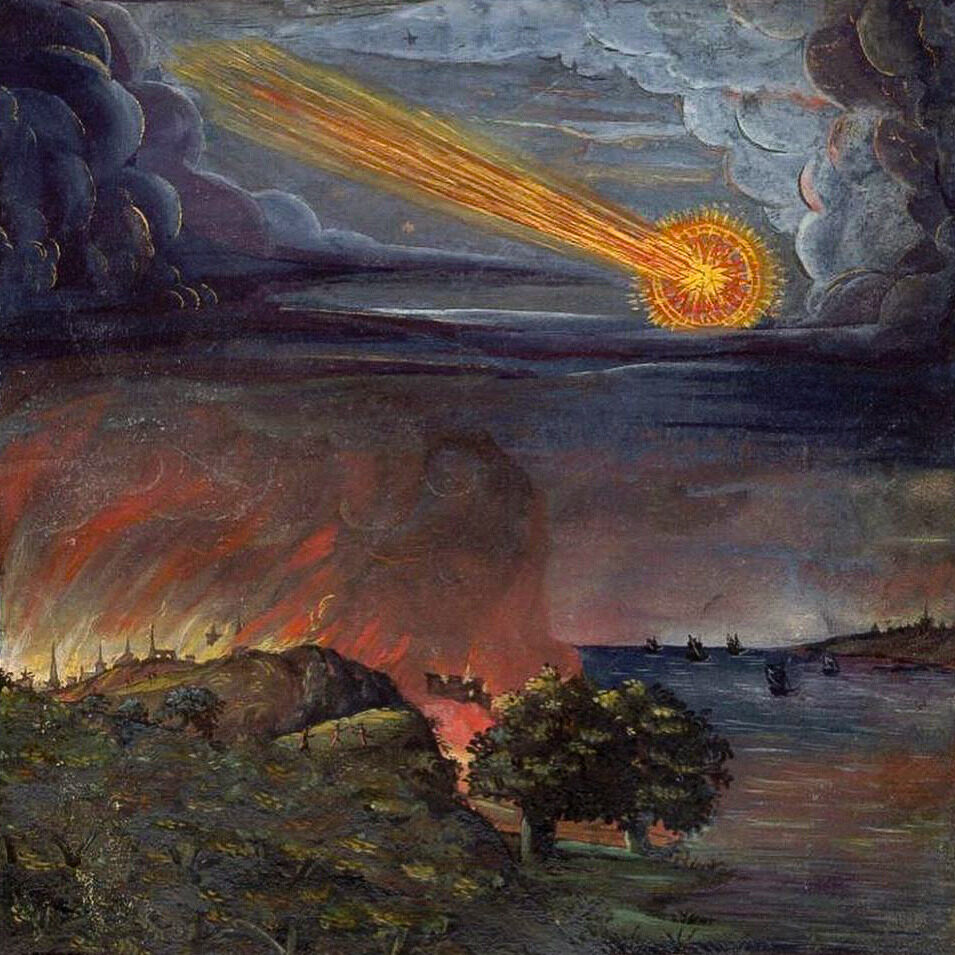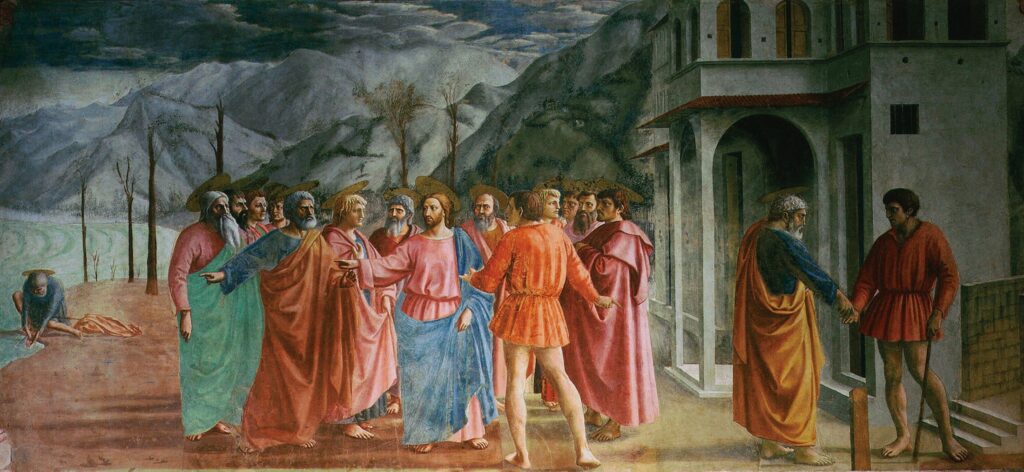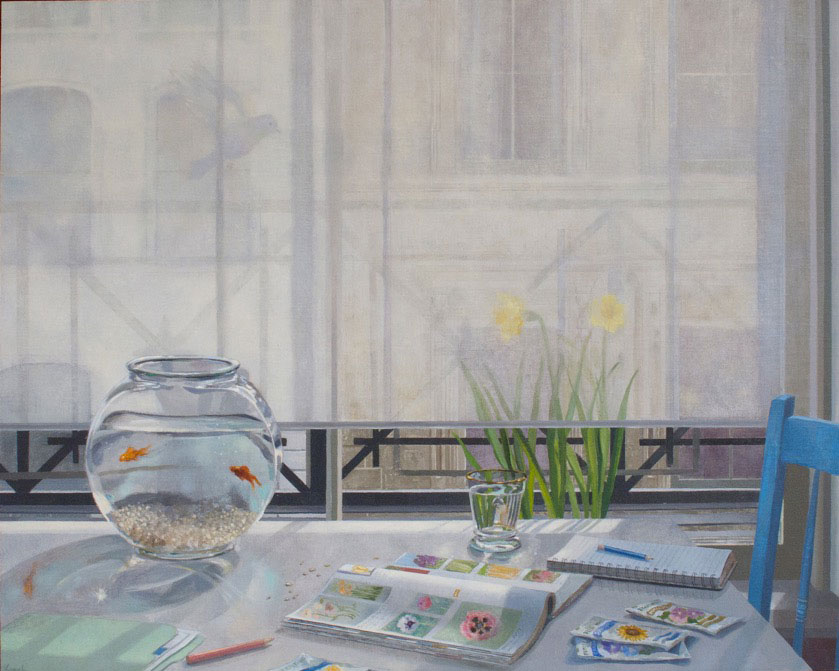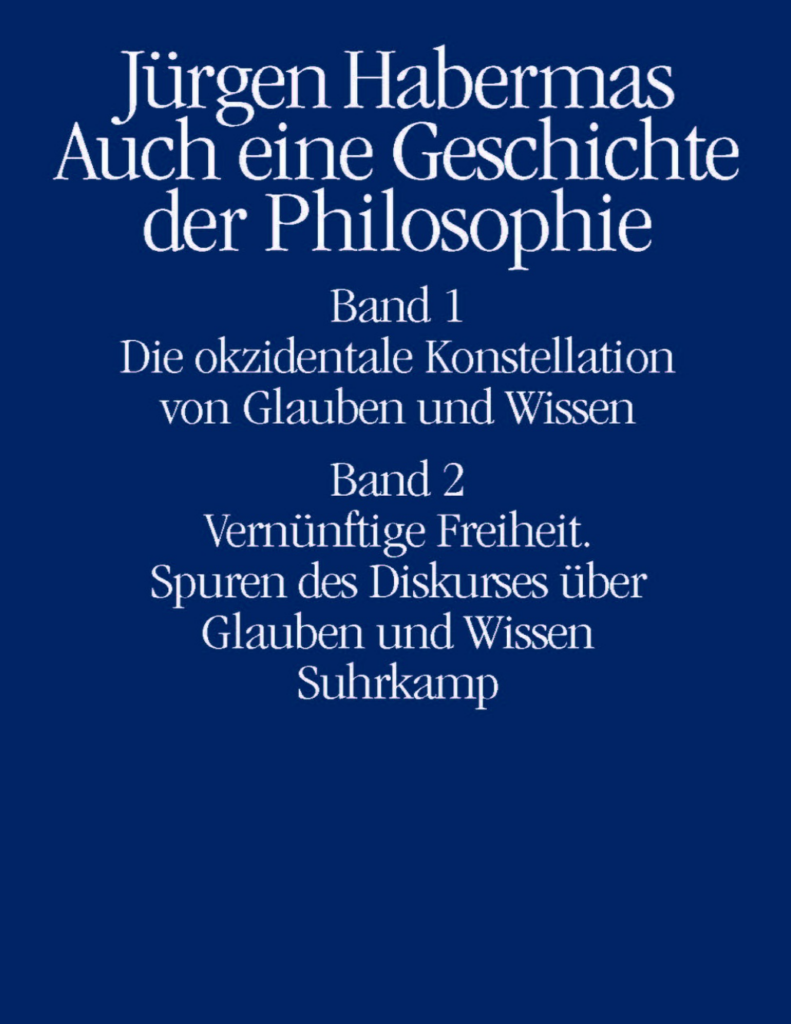Jag är ganska urskiljningslös i vad jag sparar.
Här några saker som jag tydligen hoardat av någon anledning men inte uppmärksammat själv. De är alla värda en href. Det är ett urval från Pinboard under november 2022:
Ett begrepp: Pentimento: “In painting, a pentimento (Italian for ‘repentance’; from the verb pentirsi, meaning ‘to repent’; plural pentimenti) is ‘the presence or emergence of earlier images, forms, or strokes that have been changed and painted over’.” (Jag tror möjligen att jag hade läst något om Jan van Eycks Arnolfini-porträtt och hur det målas om/över, vilket också finns med som exempel.)
Och apropå lager av mening: Liza Dalys bidrag till förra årets National Novel Generation Month är så sinnrikt! A Letter Groove: “Given a URL of an IIIF manifest pointing at a series of scanned book pages, produce a new book that cuts out words revealing the pages beneath. (IIIF is an API and data format for describing image sequences for use in academia and research, and can be applied to individual documents, maps, books, or ephemera.)”
Den högupplösta svampkartan är verkligen något att beskåda.
Elizabeth Hardwicks essä “Sad Brazil” från 1974 kom sig nog av att jag läst lite om Claude Levi-Strauss i vintras.
En historia om hur Empire State Building resp. World Trade Center byggdes, fast resp. slow.
En Trevor Owens berättar att hans artikel “Slide Decks as Government Publications: Exploring Two Decades of PowerPoint Files Archived from U.S. Government Websites” (preprint) har publicerats. Mediearkeologi. (Också: “Memory in Uncertainty: Web Preservation in the Polycrisis“).
Cybernetik och motkultur kan jag tydligen aldrig få nog av: “How cybernetics connects computing, counterculture, and design“.
Ella Webb: “Series of mountain sections, stratigraphies, axonometric projections of geological phenomena are carefully arranged to compose pages of charts. The resulting diagrams don’t correspond anymore to any specific information, but make sense only because of their visual value.”
“Live Coding: A User’s Manual is the first comprehensive introduction to the practice and a broader cultural commentary on the potential for live coding to open up deeper questions about contemporary cultural production and computational culture.
Pappret “Perceptual grouping explains similarities in constellations across cultures” (PDF) känns spekulativt, alltså intressant. Här undersöks orsaken till att olika “kulturer” genom tiderna och över jorden har haft en tendens att grupperna stjärnor (asterism, ett nytt begrepp) på ett liknande sätt.
New Architecture Movement verkar ha varit en sammanslutning av radikala aktivistarkitekter i Storbritannien/London i slutet av 1970-talet. Deras stökiga trycksaker har digitaliserats och samlats.
En telefonförbindelsecentral från 1923 i tvärsnitt (från KB:s samlingar):
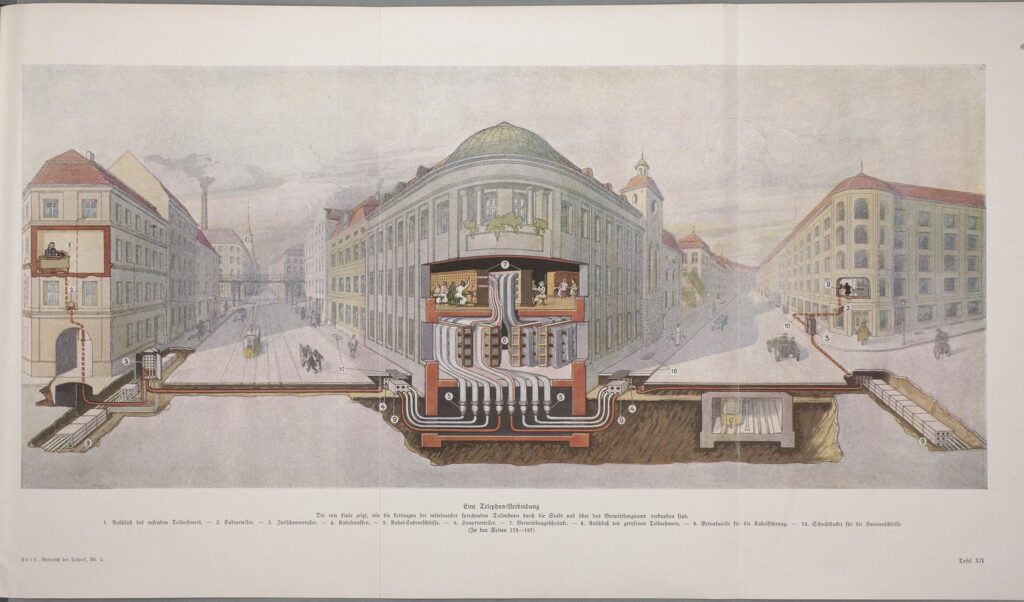
Man hittade lådor med nedteckningar från Hegels tidiga föreläsningar i ett arkiv i Tyskland (Daily Nous; The Guardian). Tom Whyman (bra namn på en filosof) funderar: “And so if I’d discovered the new Hegel, I’m not really sure I’d have told anyone … If Hegel still has anything relevant to tell us, and in my view he probably does, I think it might be better if there was less of him.”
Ett annat begrepp: “Fenologi (från grekiskans phainesthai, komma i dagen, bli synlig), botanisk och zoologisk term för läran om de periodiska företeelsernas uppträdande inom växt- och djurriket, dvs. hur naturen förändras över årstiderna.” (Från Jen Lowes “phenological signs“).
Jag skaffade en Time Timer.
Det är något med estetiken i den här hemlighetsfulla kalendern som är tilltalande.
Bartosz Ciechanowskis illustrerande förklaringar noterades – en om ljud, en om klockor. Senare kom en om cykeln.
“Gullah (also called Gullah-English, Sea Island Creole English, and Geechee) is a creole language spoken by the Gullah people (also called “Geechees” within the community), an African-American population living in coastal regions of South Carolina and Georgia (including urban Charleston and Savannah) as well as extreme northeastern Florida and the extreme southeast of North Carolina.”
Egentligen från 2016 men jag upptäckte MoMA Exhibition Spelunker (!) i höstas.
AI-historia: Philipp Schmidts samling av hur neurala nätverk har illustrerats under andra halvan av 1900-talet.
